John Eppel and Togara Muzanenhamo 2014. Textures.
Bulawayo:
'amabooks, 91 + viii pages
ISBN 9
780797 494985 (soft cover).
John A Stotesbury
University of Eastern
Finland, Joensuu, Finland
The European English
Messenger, 24.2 (2015)
In material terms this small
volume of poetry by two Zimbabwean poets, John Eppel and Togara Muzanenhamo,
appears modest in its scope. Its title is unpretentious: simply “Textures”,
which both Eppel and Muzanenhamo explain in the Introduction in terms of its
etymological and metaphorical links with weaving. There are a fair number of
poems, 43 in all, numerically speaking a majority of them by the elder poet,
Eppel, in contrast to the sixteen by Muzanenhamo, although they vary in length,
and several of Muzanenhamo’s are more expansive and perhaps more demanding than
Eppel’s.
Inevitably, a number of too easy
contrasts can be drawn up between the poets themselves. Eppel is a Zimbabwean
whose South African roots were transplanted in early childhood into Bulawayo
soil, a city – and its gardens – a location that has grown and sustained him
for many decades, a place where he continues to teach literature in English to
a schoolboy clientele whose ethnicity is now 90 per cent black. As other
commentators have noted, Eppel’s rootedness in Bulawayo has given him access to
a full range of references to the natural environment, in particular the
abundant flowers and birds that frequently find their place in his poetry.
Muzanenhamo, for his part, is a
full generation younger, and grew into young adulthood along with the emergence
after 1980 of the liberated Zimbabwe. To some degree, in contrast to Eppel, his
subsequent education has been acquired in the First World, and unlike Eppel’s,
his writing has more readily achieved recognition both within Southern Africa
and also further afield – although since the 1960s Eppel has undoubtedly
produced a wider range of poetic and prose writing, much of the latter subtly
satirical, that would deserve wider recognition from an international audience,
including one that has sometimes resorted to over-simplistic categorizations.
The generational shift
represented in this collaborative volume of poems through the voluntary yoking
together of two such poets – one ostensibly bearing the memory of the world of
white, colonial and post-colonial “privilege”, the other perhaps a voice of
contemporary Zimbabwe, with its all-too-familiar litany of implicit fractures –
has been nicely subverted by the layering, or interweaving, of their poetry
into eight alternating sections, although none of them is headed, and there is
no clear progression or comparison to be inferred from the selections of poems,
other than the final “Epilogue” of Muzanenhamo’s fourth section.
The volume itself has been
usefully introduced by a fellow Zimbabwean, Drew Shaw, who points out that both
poets are “dedicated to excellence in form” and to a “meticulous attention to
the craft of poetry” (ii); Shaw also points out the domestic, inward-looking
quality of much of Eppel’s writing, in contrast to “the more international
Muzanenhamo” (iii).
It might also be of value to
consider the ways in which such a volume of poetry by two poets can be read: my
own approach was initially to read each poem and each alternating poet
consecutively, noting small details of composition and thematic focus, and
considering the similarities and differences predicted by Dash. But a later
reading of each poet’s work in its entirety, first Eppel’s and then Muzanenhamo’s,
more strongly emphasized some of the craftsmen’s brush-strokes that make up
their connections and differences.
Eppel’s writing is very much that
of an older generation, and for a reader of similar age (as this reviewer is)
there is the pleasure of recognizing Eppel’s subversion of over-quoted
“classics”, such as the sonnet titled “Beauty is Truth, Truth Death” (“So: put
down your pen and take a deep breath”) (9), and the melancholic recognition of
the failure of so many hopes for a better postcolonial world, contained in the
echo of Doris Lessing’s first novel: “grass has forgotten to sing” (“Giving up
on the Rains in Curious Rhyme”) (10). In somewhat more mischievous vein, in
“Dorothy Recollects [a pastiche]”, he has the physically degenerating Dorothy
Wordsworth repeatedly distracting her brother away from his newly-acquired
bride Mary Hutchinson on their wedding-day: “I gave him the wedding ring …/from
my forefinger where I had worn it the whole of the night before” (48).
Eppel’s poetic vision is also
shaped by an accumulated awareness of ageing and the failure of the individual
voice; poem after poem rests on an awareness of this failure – “I put down my
pen, give up on the rains” (10), and “I chose to solve it, not by talking/but …
by walking” (“Solvitur Ambulando”) (3). From the very start of Eppel’s
selection, relationships fail (“A Suburban Night in August”), and even when
walking his dog he notes: “At the Upper Dam we’ll rest/where the dead bodies of
platanna bloat,/and two discarded beer bottles float” (“Looking for You”) (11).
Muzanenhamo’s work draws on a
range of reference that, whilst also meticulously crafted, expresses a
bitterness and a tenderness that are more generalized than Eppel’s.
“Gondershe”, for instance, depicts simultaneously the innocence and unwitting
victimhood of a child soldier: “Having never fired a gun before, he held the
rifle/as though the weapon were a dying child about to say something/only they
could share”, a poem that ends with the inevitability of the child’s death:
“Come the dawn there would be no escape./He would die. Even the sea would
burn.”(13). The world is a place that victimizes the young. But some, in their
innocence, resist: in “The Battle of Vågen, Bergen, Norway – August 3, 1665” a
young Dutch soldier who has “never seen real war,/and had no will to die”,
recalls “fucking/a shy local girl”, a youthful vision that motivates him to
desert his national army despite “the shame of running, the fear/of loving”
(36-37).
Muzanenhamo’s writing is, if
anything, more conscious of suffering, physical corruption, and death than
Eppel’s. His “Zvita” invites the reader to “Study the bone” of a corpse, “The
waxed coat stiff with flies./… The back’s awkward/arch parting rigid legs,
pushing the pelvis forward/to give birth to death’s black oozing grease” (63).
A vision of something of the horror that seemingly inevitably accompanies the
struggle for both love and freedom.



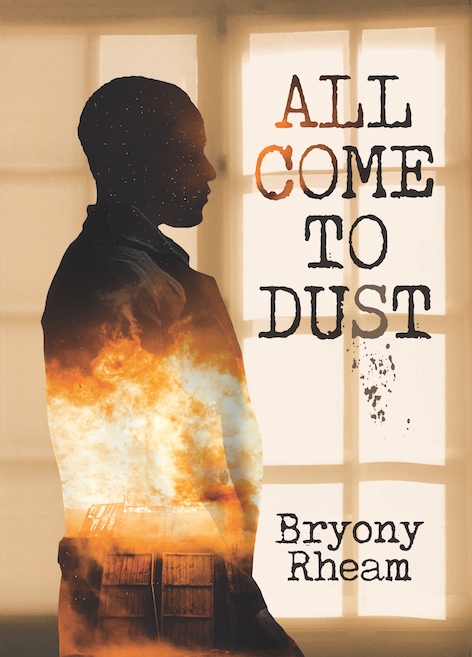
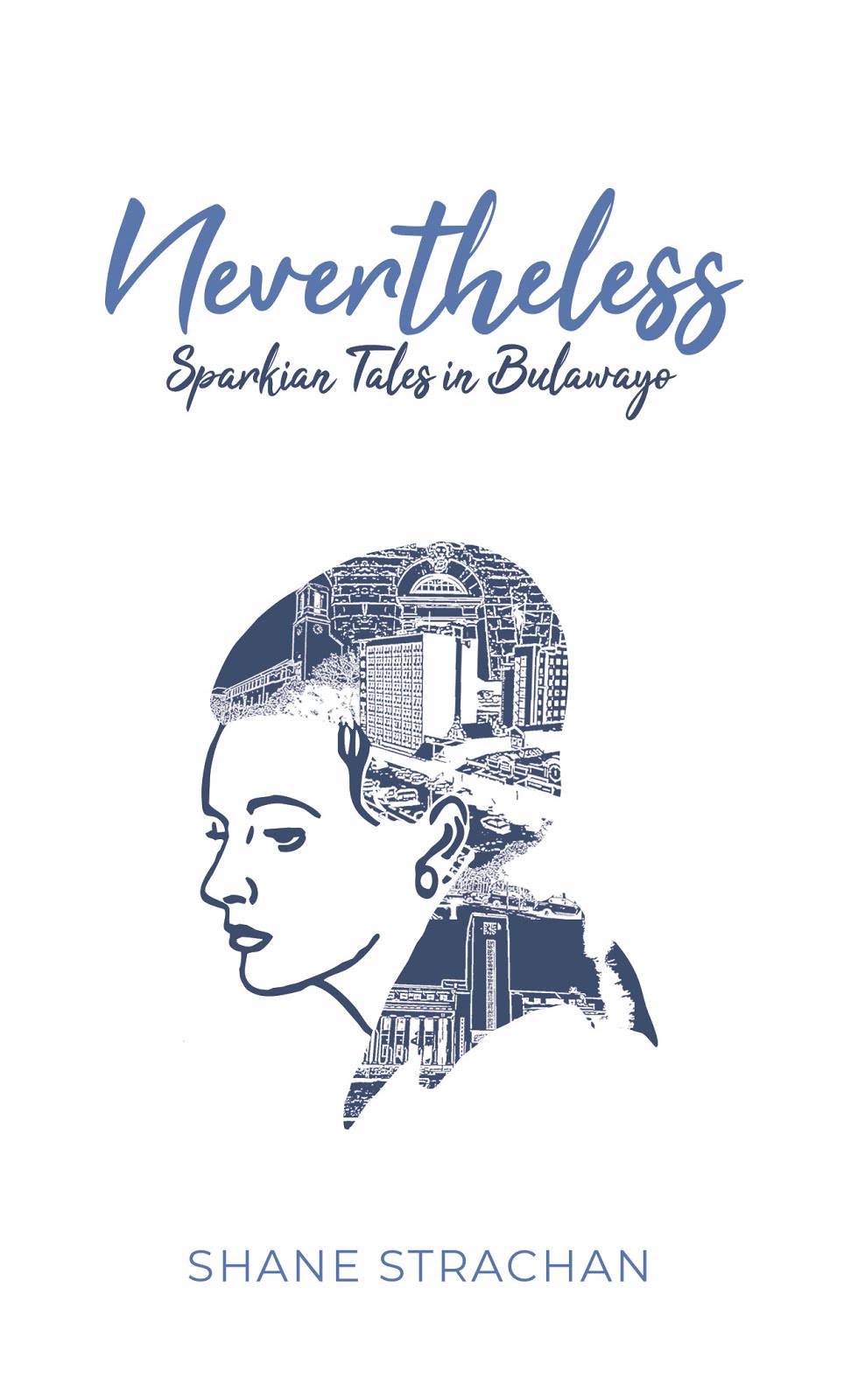



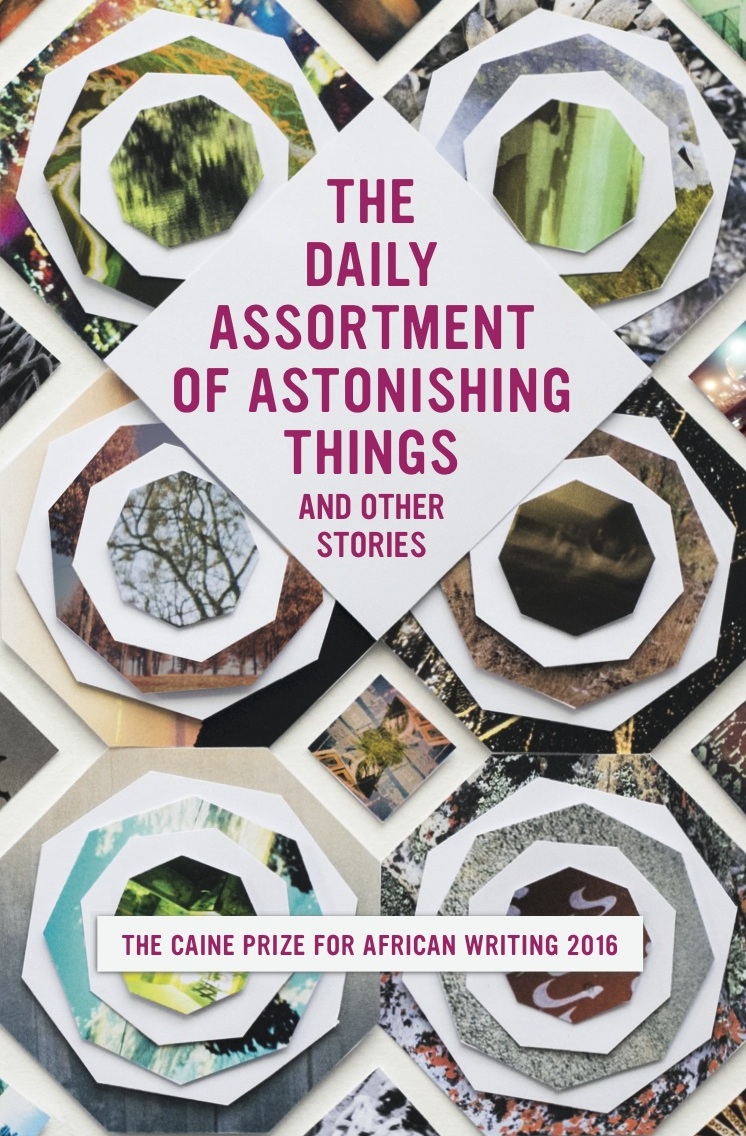
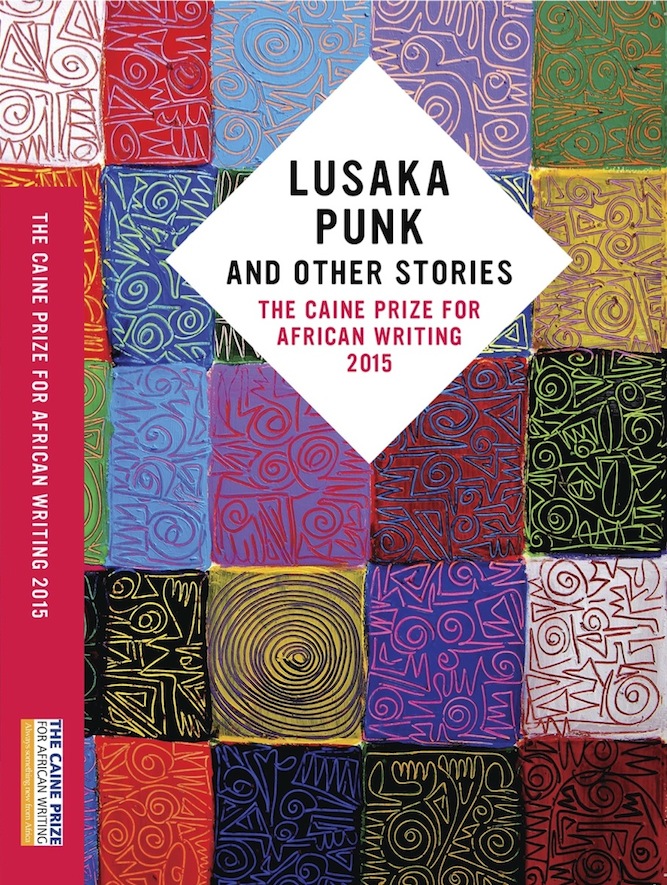
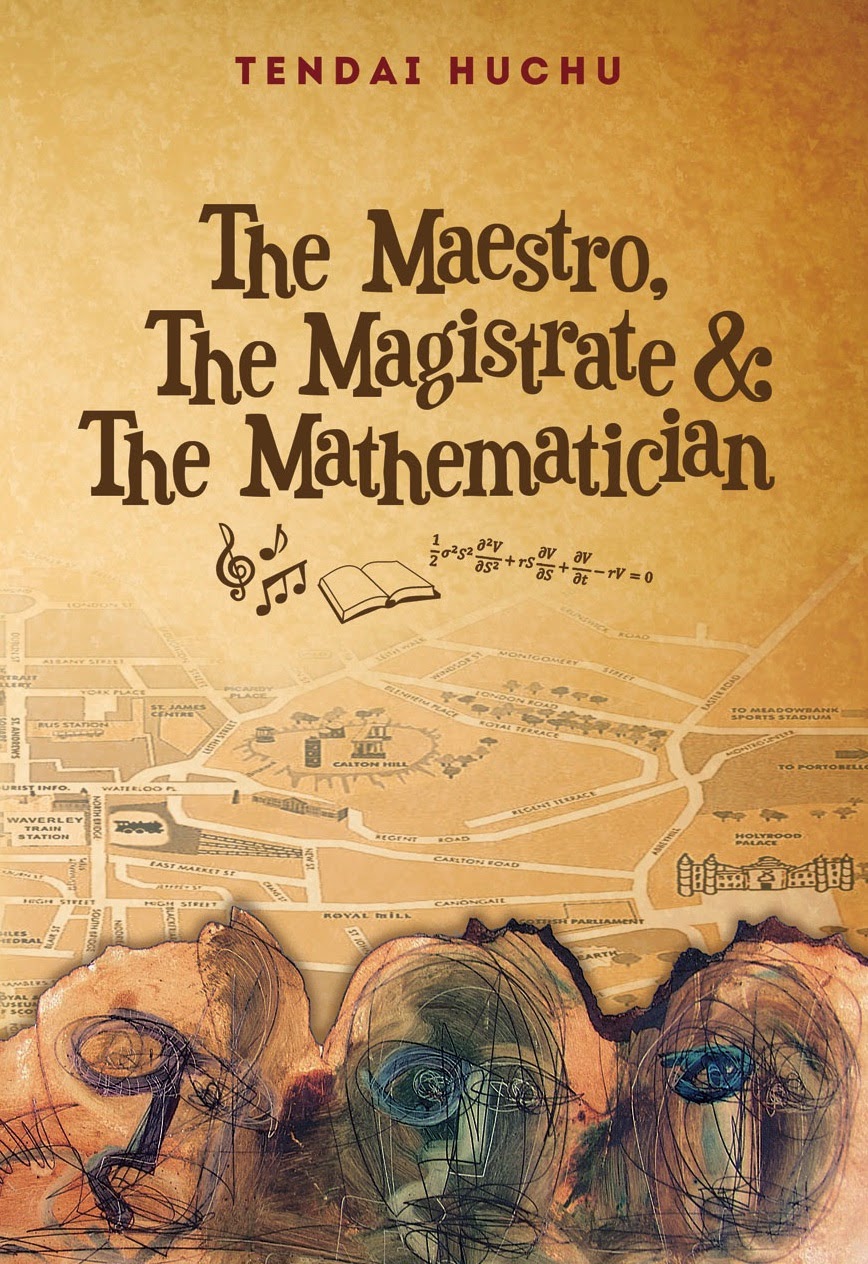

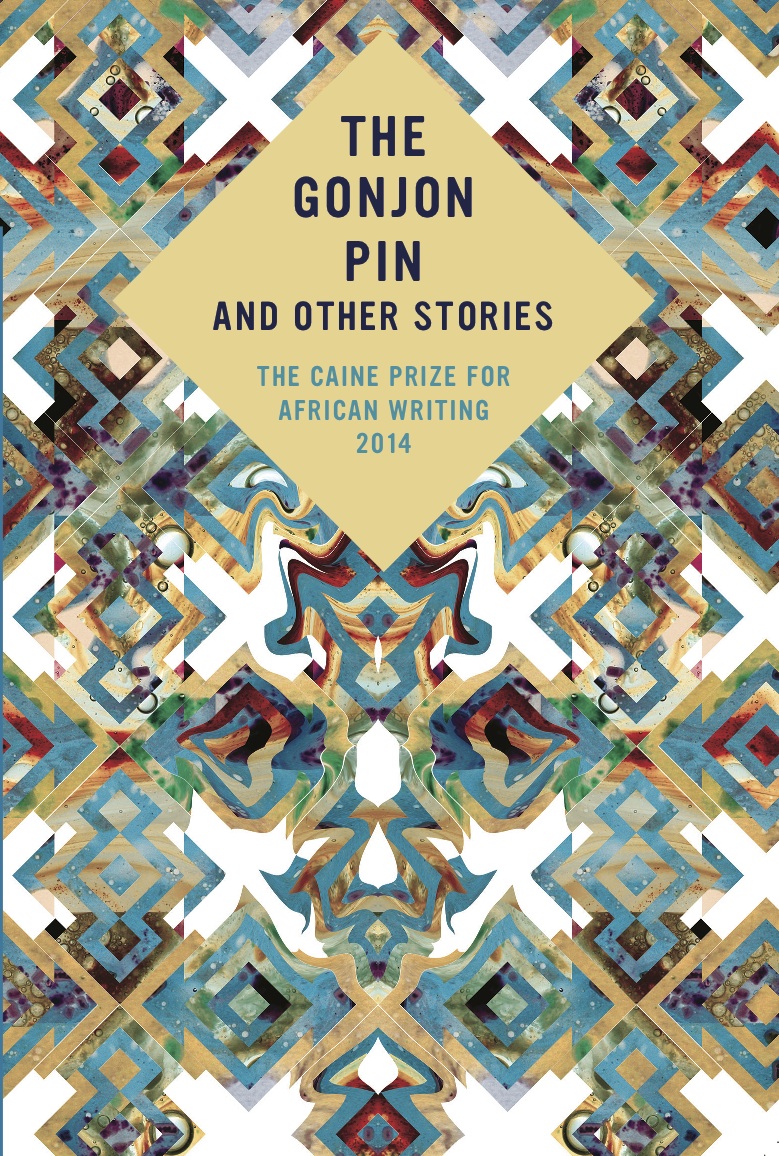
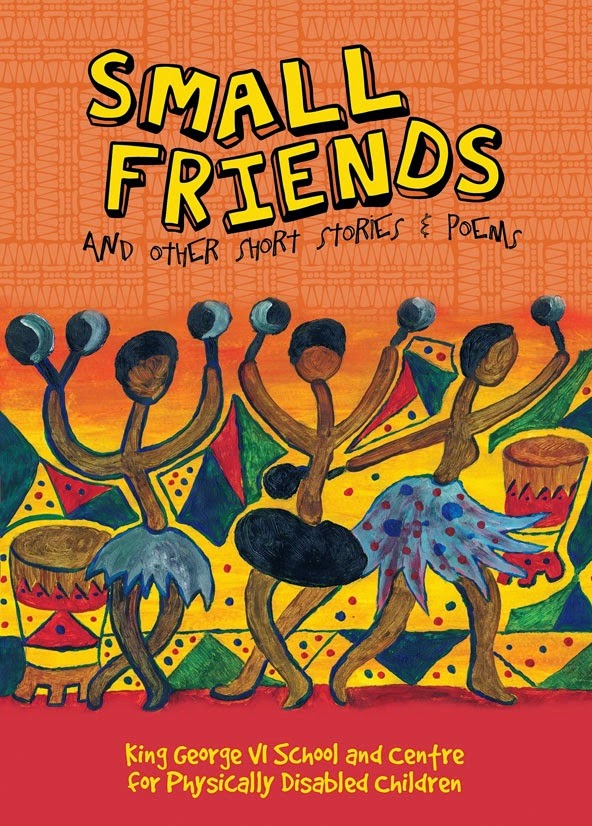

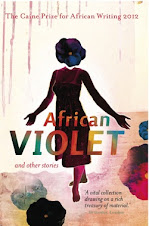
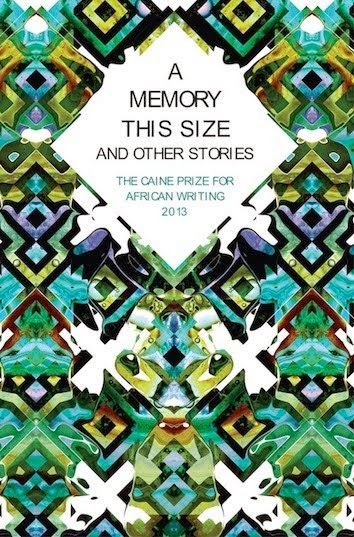
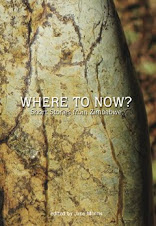
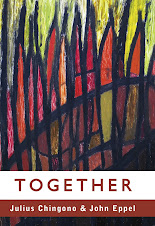
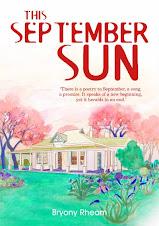.jpg)

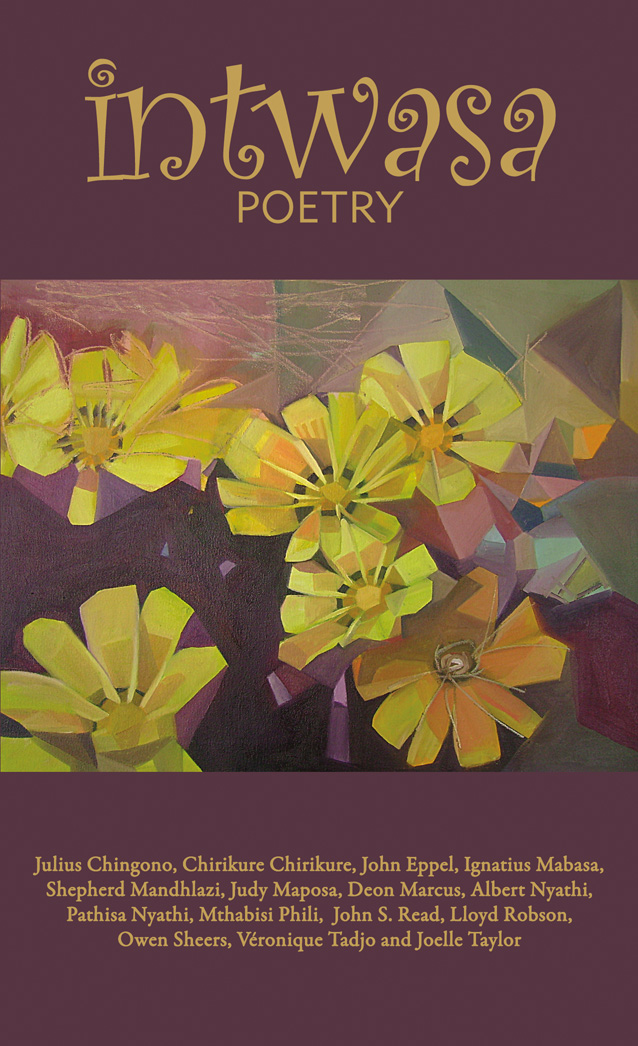
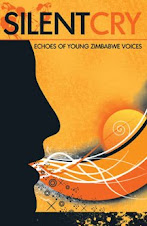

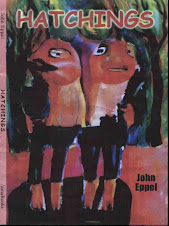
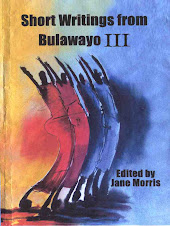


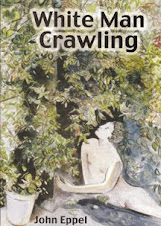


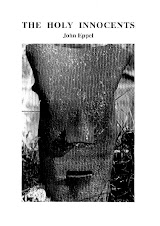






.jpg)

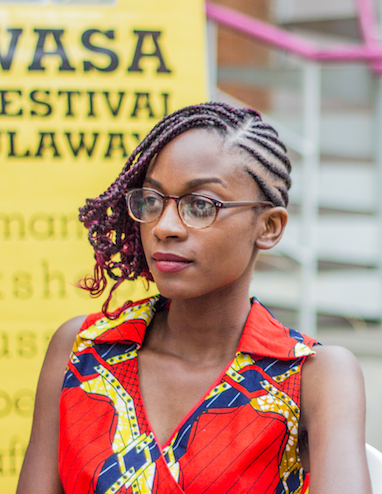









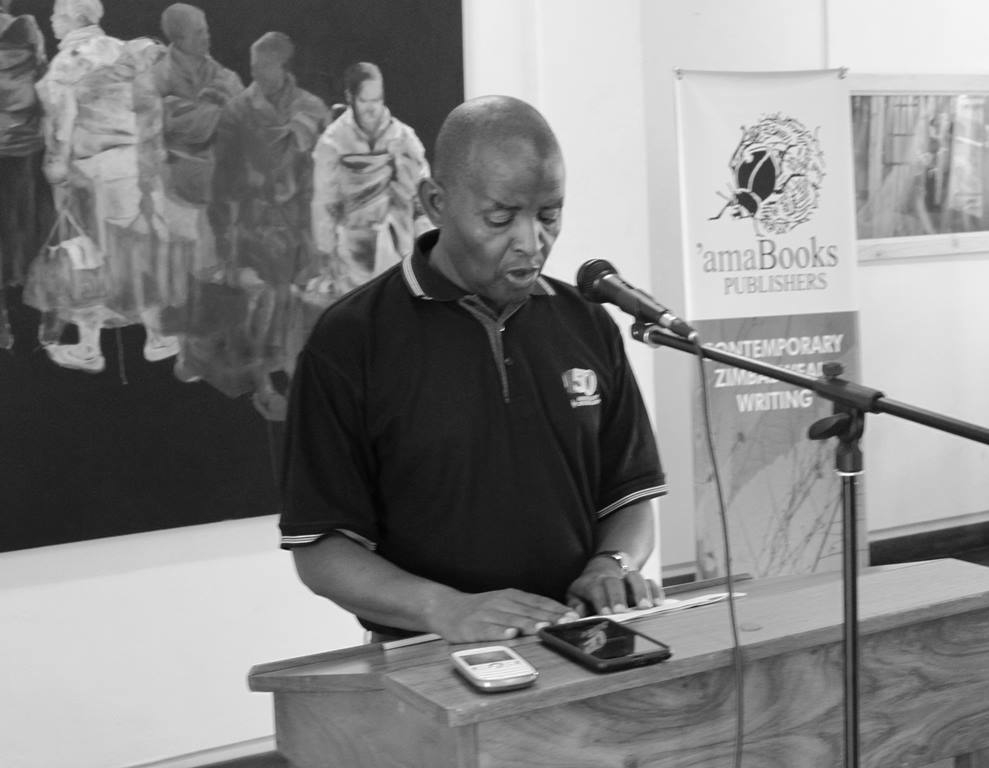


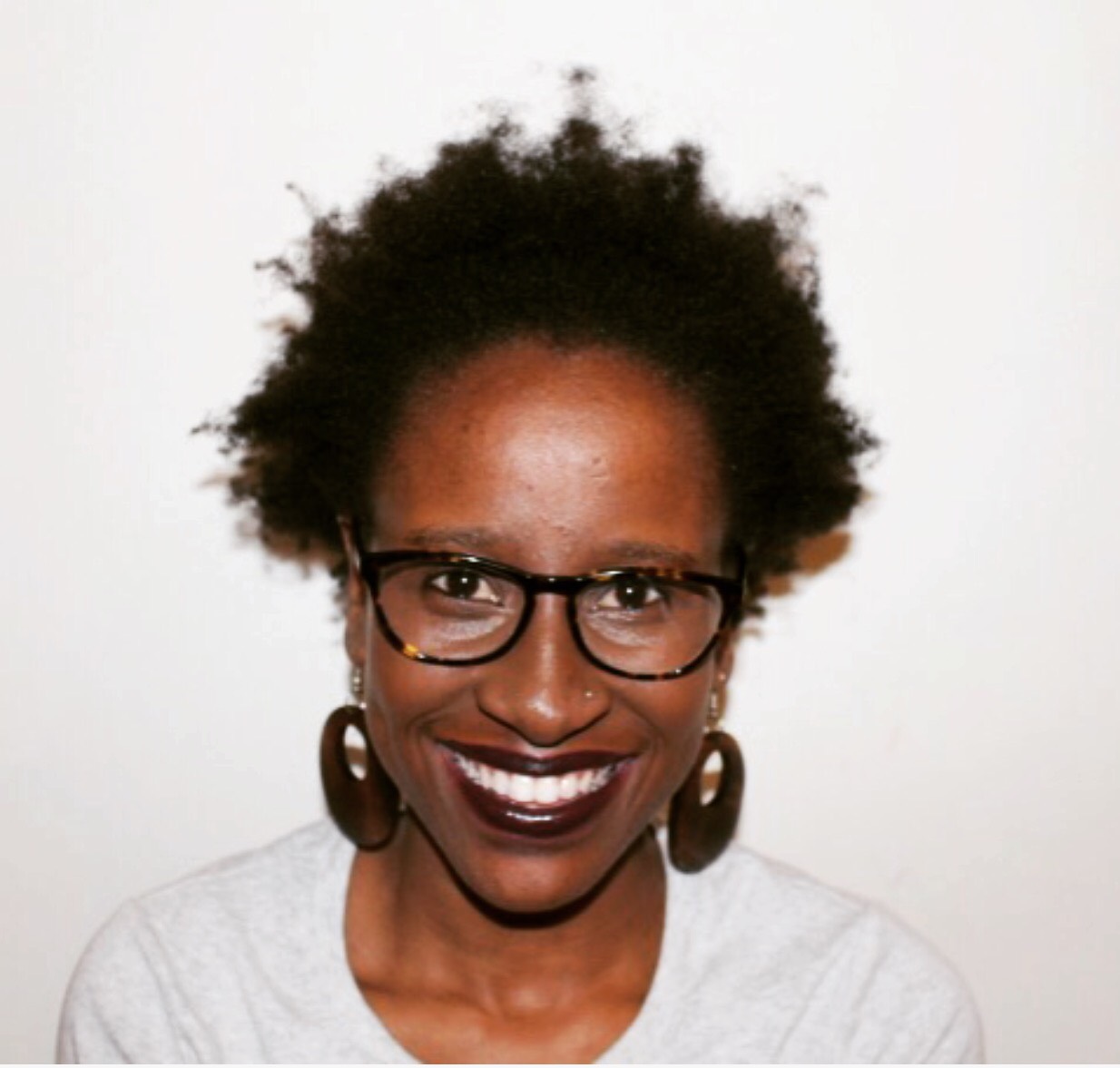
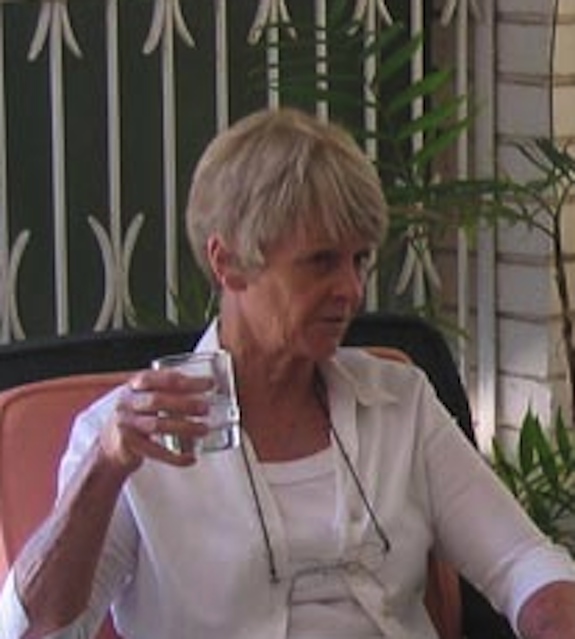



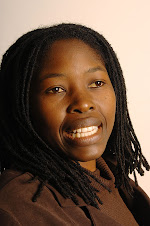
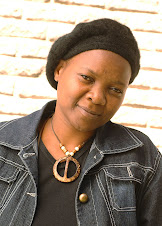
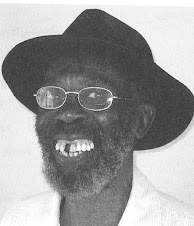






No comments:
Post a Comment